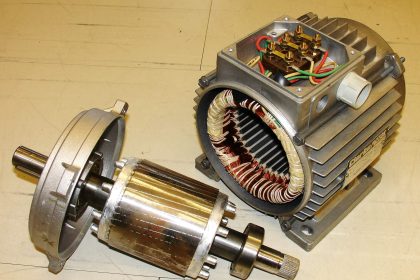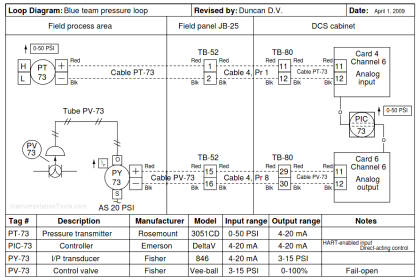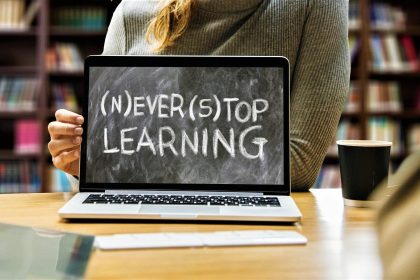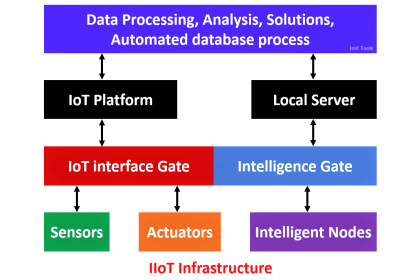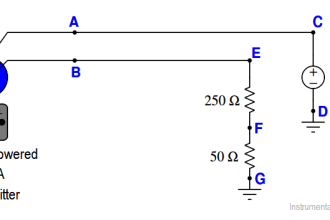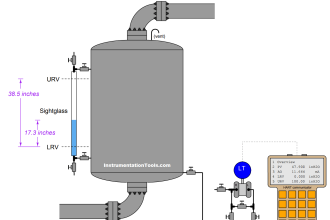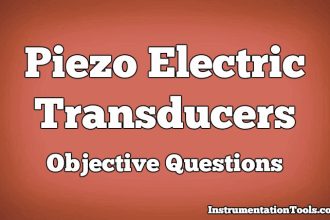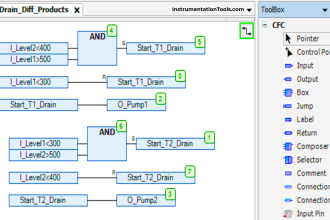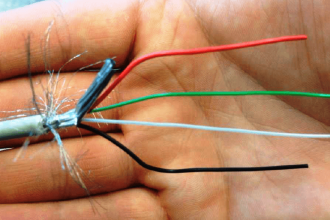When you are connecting an electrical cable from the field in a panel, it needs to be tightened and secured in the panel. This must be done to ensure that the cable does not hang anywhere inside or outside. Also, you cannot insert a cable in the panel keeping it’s door open. All this is done through cable glands, which serves both the purpose. There are many categories of cable glands. In this post, we will see the various types of cable glands.
What is a cable gland?
First of all, let us understand what a cable gland is. You want to insert an electrical cable inside a panel. You cannot do this by opening the door and then taking the cable inside; in that case, you cannot close the door then. There needs to be a way where the cable can be inserted inside and also, the door remains closed. Also, once the cable is fitted, it cannot be hanging or loose in connection. To achieve this task, a device called cable gland is used.

As discussed, a cable gland is a device which is attached in the point from where cable will be inserted inside the panel. You can consider it a nut bolt. So basically, it will act as an entry point for the cable to go inside the panel. Once inserted, the gland can be rotated like a screw to fit inside the panel and then hold the cable firmly. Due to this, the cable gets protection from moisture, dirt or other outer particles, firmness, entry inside the panel, sealing, bonding and strain relief.
Refer to the below image for more understanding. They come in different sizes and mostly consist of the following parts –
- locknut,
- washer,
- body,
- sealing nut and
- seal.
The two mostly used materials for making a gland are metal and plastic. When selecting a cable gland, you need to consider the following factors – what is the environment near the panel, what material is used to make the gland, what is the size of the cable gland, what is the type of cable used, and what is the IP rating of the gland.
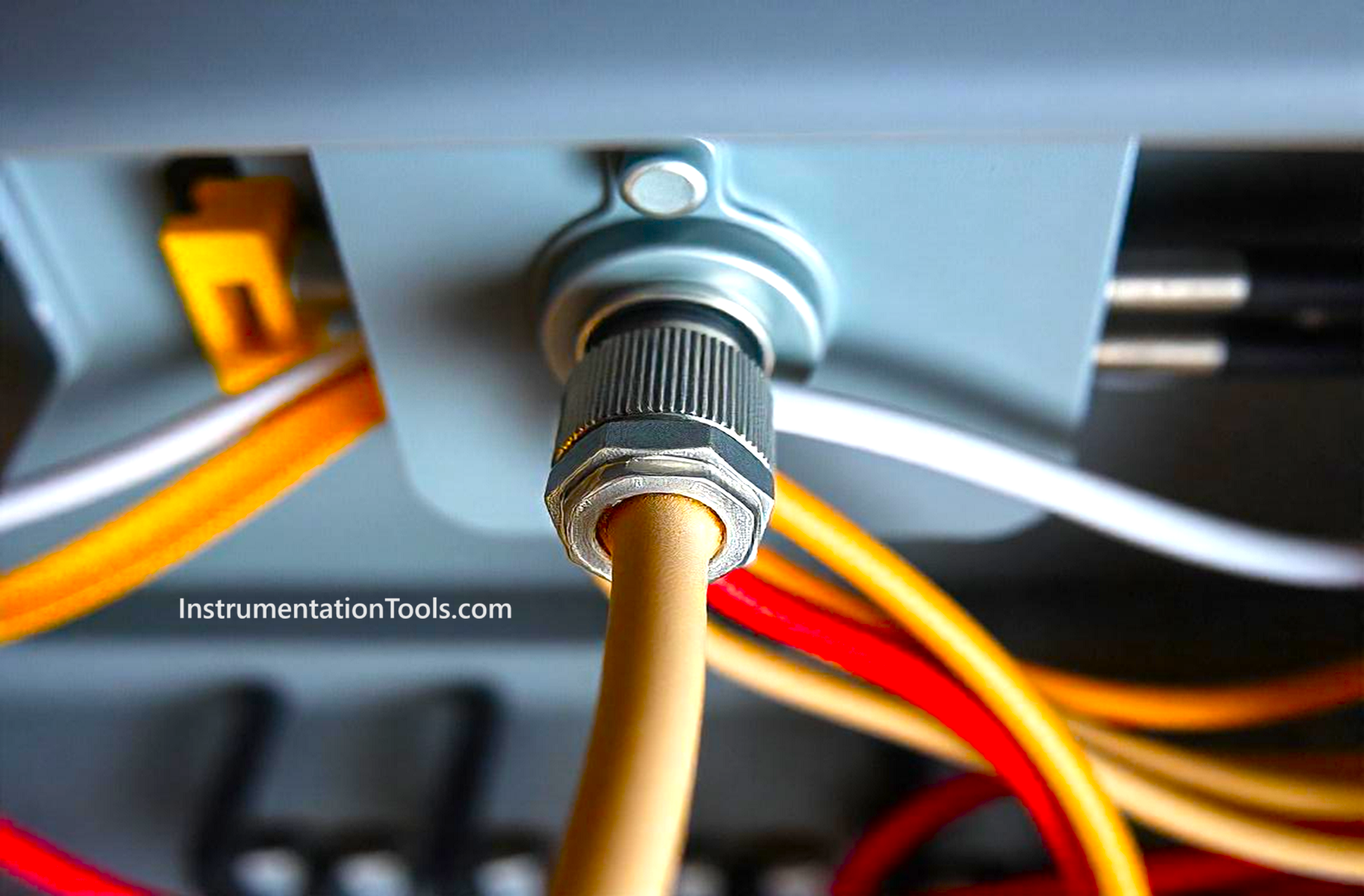
As seen in the image, the gland is easy to install. First, you need to remove the nut and allow the cable to pass through the gland first. Once done, the nut is tightened like a screw. This seals the gland and firmly holds the cable. Ensure that after glanding, the wire does not become neither tight nor loose from the screw point where the cable wire is stripped and fitted.
What are the types of cable glands?
The types of cable glands are as follows.
- Based on the compression type
- Based on gland material
- Based on application
- Based on shapes
- Based on IP ratings
- Based on standards
A] Based on compression type
- Single compression – A single compression cable gland has a single seal (seen in the above image), which is rotated to fit the cable inside the panel. This is the most used one, as it is cheap and easy to use and install.
- Double compression – A double compression cable gland has two seals (one inner and one outer), which is rotated to fit the cable inside the panel. This is the least used one, as it is costly and difficult to use and install. But, quality wise and protection wise, it is the highest category level and used in critical areas.
B] Based on gland material
- Metal
- Plastic
- Brass
- Nylon
- Aluminium
- PVC
C] Based on application
- Instrumentation
- Data
- Electrical power
- Telecommunication
- Electromagnetic compatibility (EMC) glands
- Fire
- Marine
- Motor
- Explosion proof
D] Based on shapes
- Straight
- 90 degree bend
E] Based on IP ratings
- IP-66
- IP-67
- IP-68
- IP-69
F] Based on standards
- Type A (A1, A2, A3, A4)
- Type B
- Type C
- Type D (D1, D2)
- Type E (E1, E2)
In this way, we saw the types of cable glands used in industries.
Read Next:
